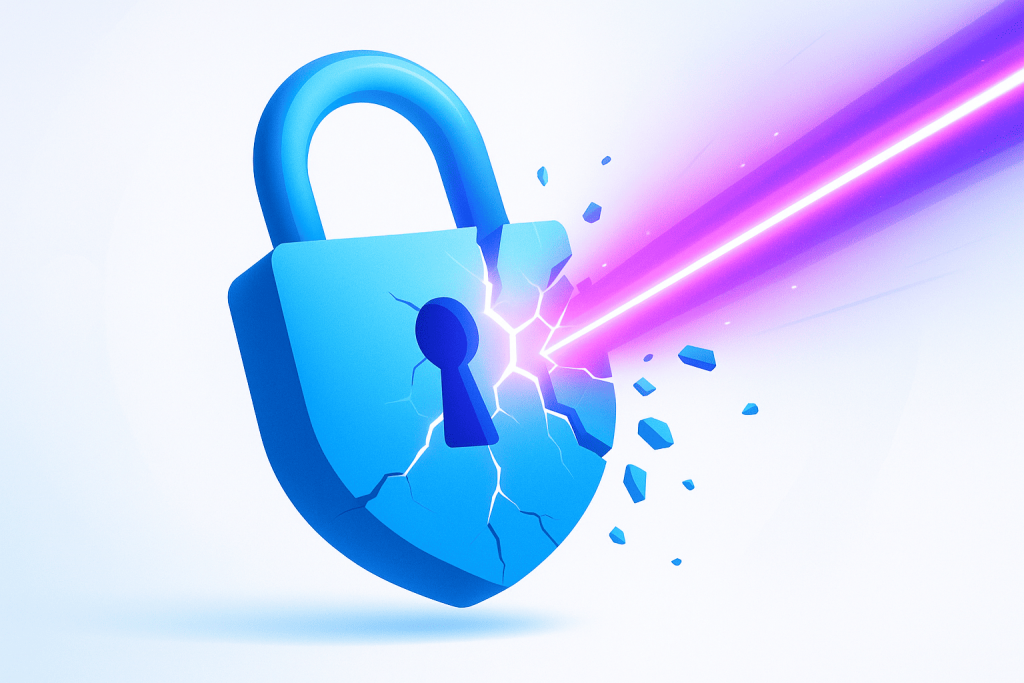
The revolution in quantum computing is approaching faster than many expected. Every year brings new breakthroughs in the development of quantum processors, and the question arises more and more often: Is modern cryptography ready for the quantum future? Today’s SSL certificates, which ensure traffic protection and confidentiality, may become vulnerable within the next decade.
In this article, we’ll explore what Post‑Quantum SSL is, which algorithms are already being tested, and how website, server, and online service owners can prepare for cryptographic change.
What is Post‑Quantum Cryptography?
Post‑Quantum Cryptography (PQC) is a field in cryptography that develops algorithms capable of withstanding attacks from quantum computers. Quantum computing can theoretically break classical encryption algorithms in seconds, including RSA, ECDSA, and DH — the ones currently used in modern SSL certificates.
When quantum machines become widely available (estimated by 2030–2040), old protection systems will lose their effectiveness. Post‑Quantum algorithms are designed to address these new threats and ensure security in the upcoming digital era.
How Does the Quantum Era Threaten Website Owners?
- Intercepted encrypted data: An attacker can record encrypted traffic today and decrypt it later when quantum machines become accessible.
- Forged digital signatures: The ability to create a fake SSL certificate or digital signature.
- Loss of client data confidentiality: Especially critical for online stores, financial platforms, and systems with personal data.
Which Algorithms Are Considered Quantum-Resistant?
Today, the leading body in standardizing Post‑Quantum algorithms is NIST (National Institute of Standards and Technology, USA). In 2022, it selected four finalists for standardization:
- CRYSTALS‑Kyber – for key encryption (replacement for RSA/DH).
- CRYSTALS‑Dilithium – for digital signatures (replacement for ECDSA).
- FALCON – an alternative to Dilithium with smaller key sizes.
- SPHINCS+ – a hash-based scheme known for strong resilience.
These algorithms are being finalized and will soon become part of the official global standards on which the next generation of SSL certificates will be based.
Hybrid SSL Certificates: A Transitional Step
Since the full transition to Post‑Quantum may take years, hybrid SSL certificates are already being tested today. They combine two algorithms:
- one — classical (e.g., RSA or ECC),
- the other — quantum-safe (e.g., Kyber).
This ensures backward compatibility with current browsers and servers, while also protecting against future threats.
Is Your Website Ready?
You can assess the readiness of your infrastructure by checking a few key points:
- Is a modern SSL certificate with strong algorithms being used?
- Will it be possible to update the server in the future without full migration?
- Does your hosting platform support flexible TLS protocols and fast key rotation?
If you rent a server or VPS, you should verify that the provider offers up-to-date TLS versions, custom certificate installation, and a modernized environment. Companies working with personal data must prepare in advance to avoid data breaches when quantum breakthroughs occur.
How to Prepare for the Transition?
- Track NIST and IETF standards.
Cryptographic protocol updates will roll out gradually, and it’s important to know when mass adoption of new algorithms begins. - Use trusted SSL certificates.
You can already choose and install a secure certificate — RX‑NAME offers reliable SSL certificates from leading certification authorities. - Update your infrastructure.
Support for TLS 1.3, modern operating systems, OpenSSL libraries, and hardware accelerators will make the transition easier. - Test hybrid models.
If you manage your own server or cloud platform, start experimenting with hybrid algorithms (Kyber + RSA) in a test environment. - Consult with technical support.
A reliable hosting provider should offer options to configure or prepare your system for cryptographic changes.
Conclusion
The transition to post‑quantum cryptography is not panic — it’s a natural stage in the evolution of the Internet. It requires preparation, especially for businesses working with client data and online payments. Companies can start taking action now instead of waiting for their infrastructure to be compromised tomorrow.
Edge technologies, secure communication channels, reliable VPS and servers, flexible SSL solutions — all of this must be built with future cryptographic resilience in mind.
Is your website ready for the quantum future? The answer depends on what you do today.

Leave a Reply